The Man Who Sleeps On His Breath
Edward S. Curtis, Valerio Tricoli
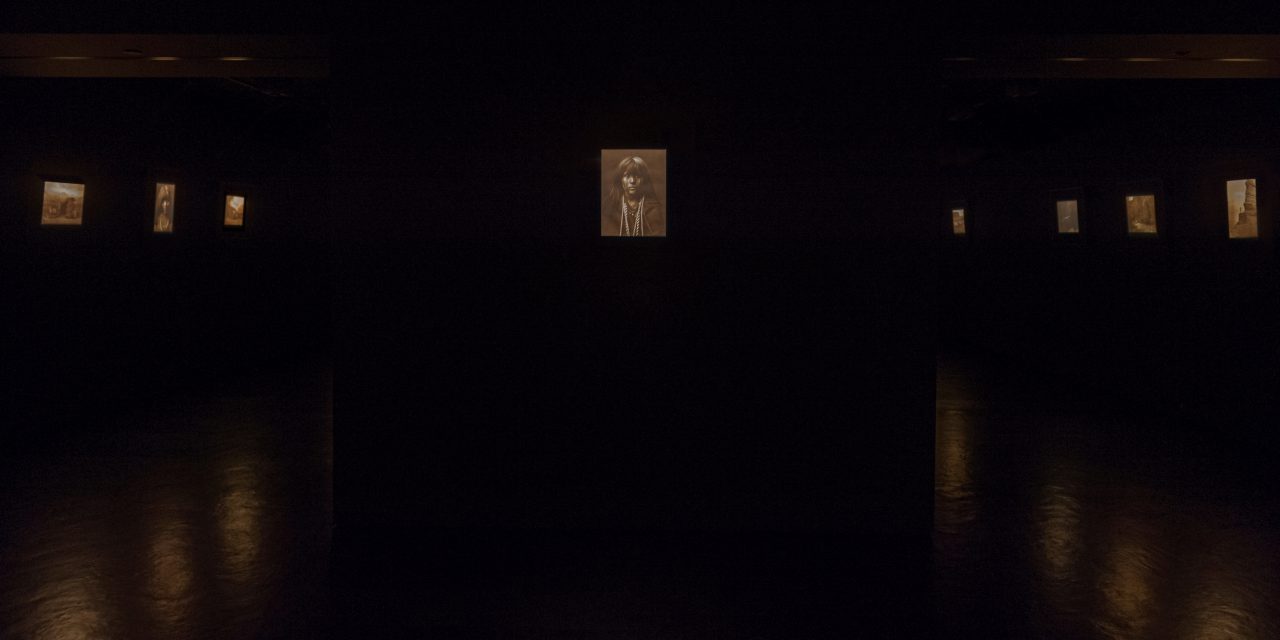
Installation view, Edward S. Curtis
Image courtesy of the artist and Empty Gallery
Photo by Kitmin Lee
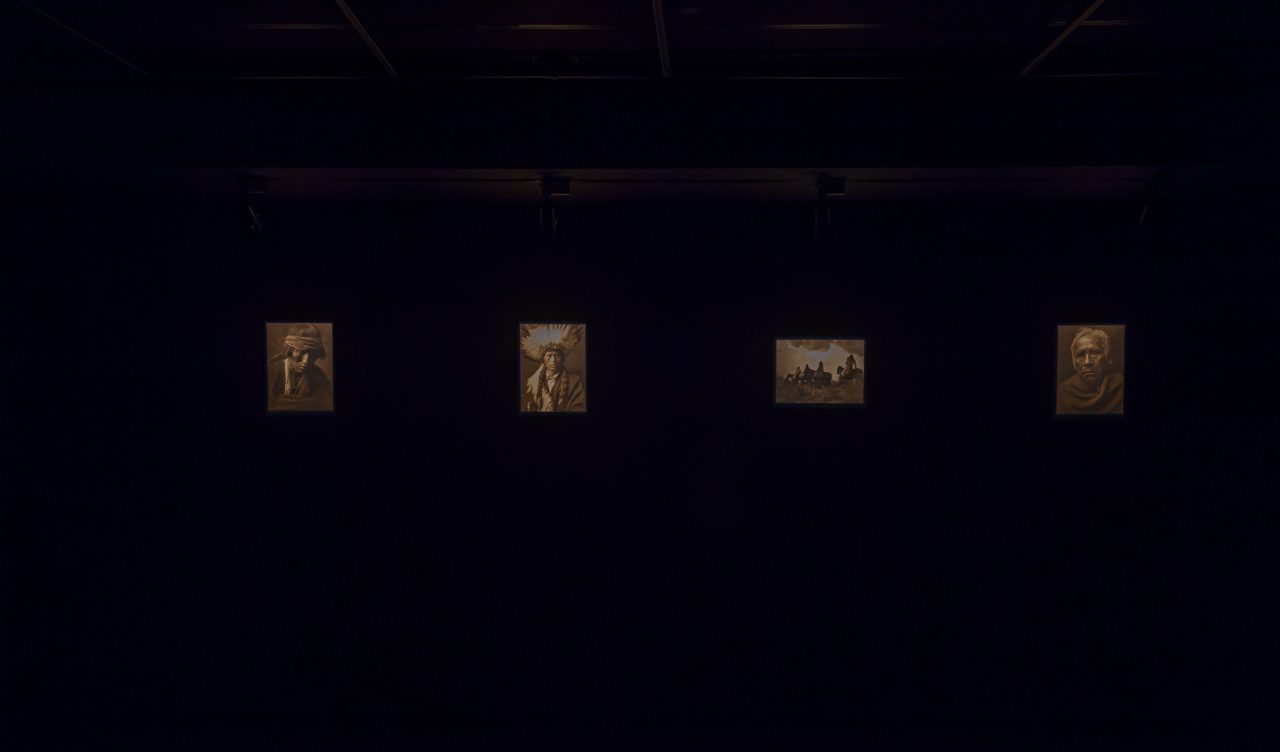
Installation view, Edward S. Curtis
Image courtesy of the artist and Empty Gallery
Photo by Kitmin Lee
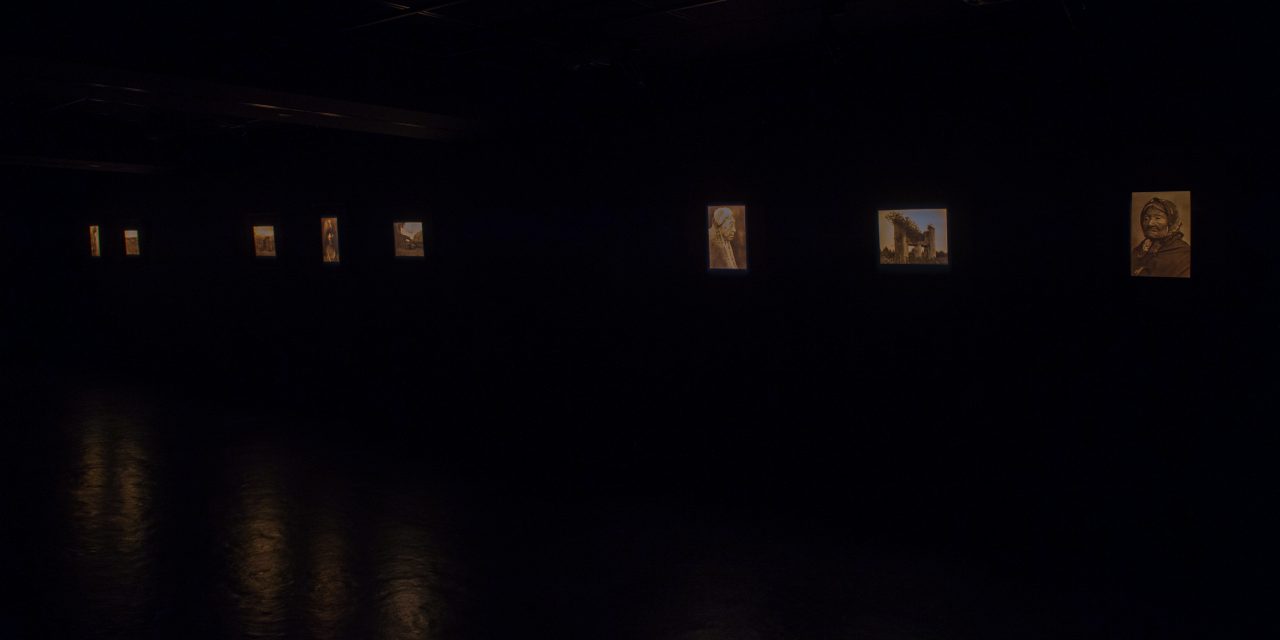
Installation view, Edward S. Curtis
Image courtesy of the artist and Empty Gallery
Photo by Kitmin Lee
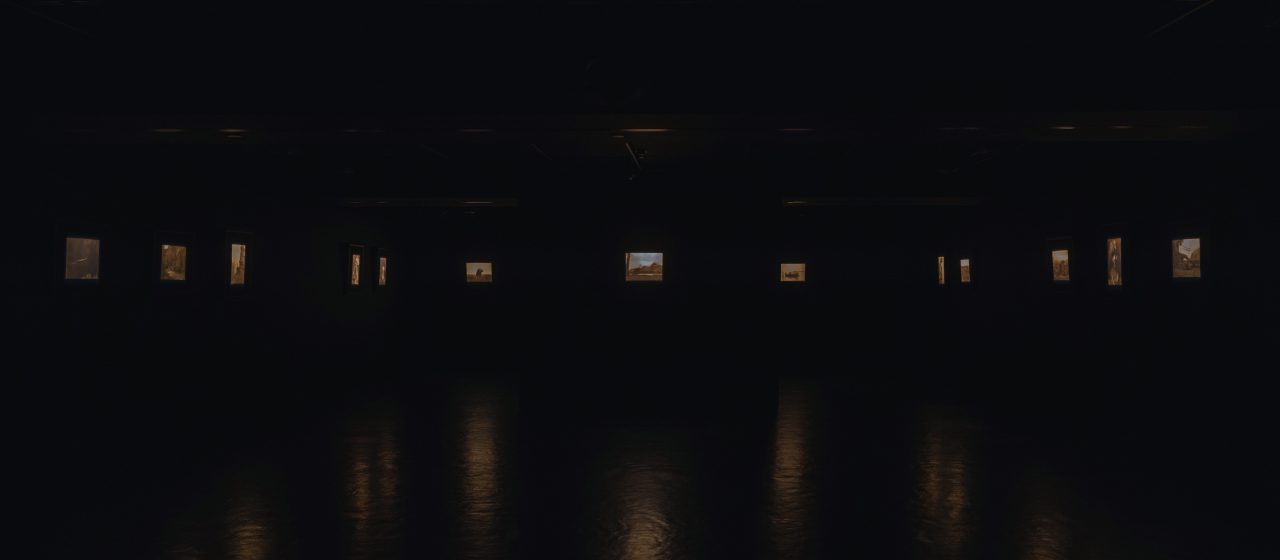
Installation view, Edward S. Curtis
Image courtesy of the artist and Empty Gallery
Photo by Kitmin Lee
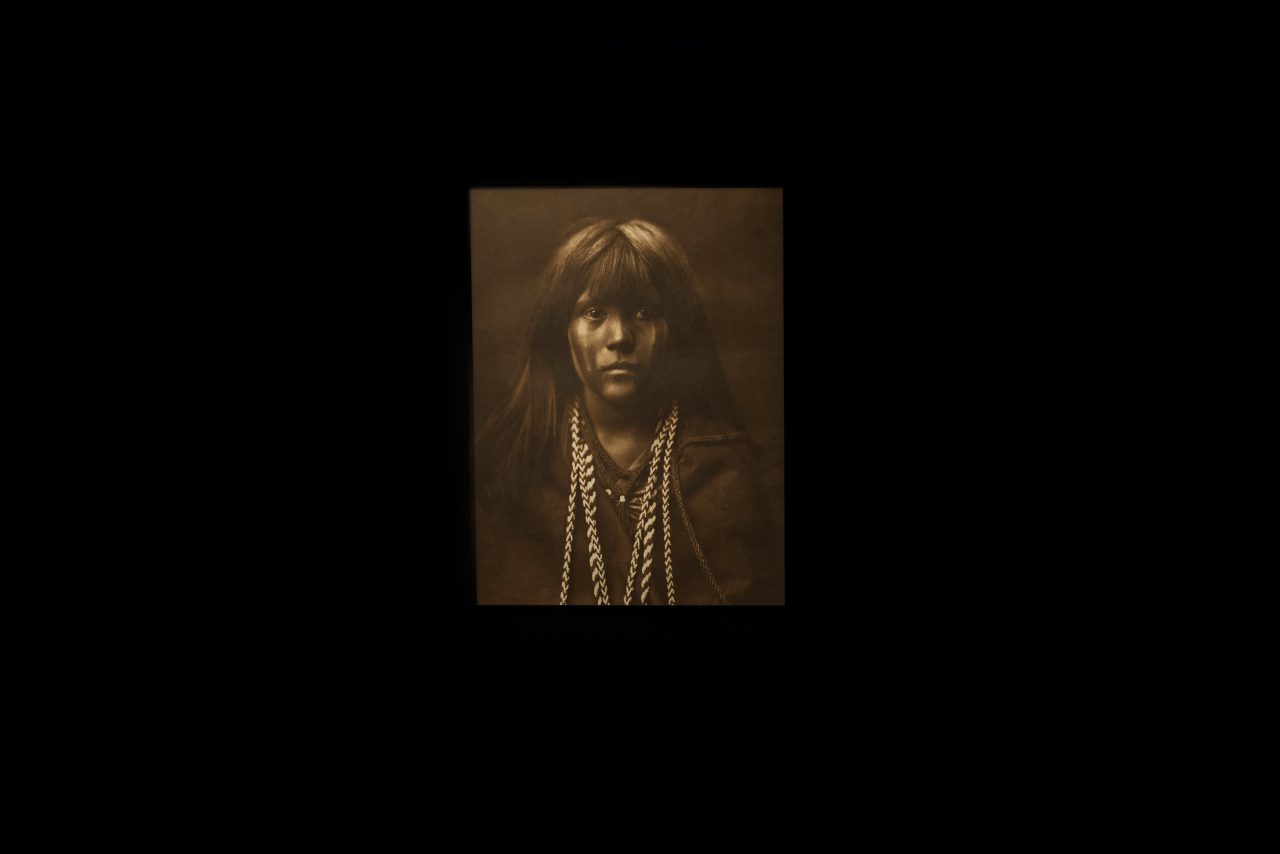
Mosa – Mohave, 1907-1930
Image courtesy of the artist and Empty Gallery
Photo by Kitmin Lee
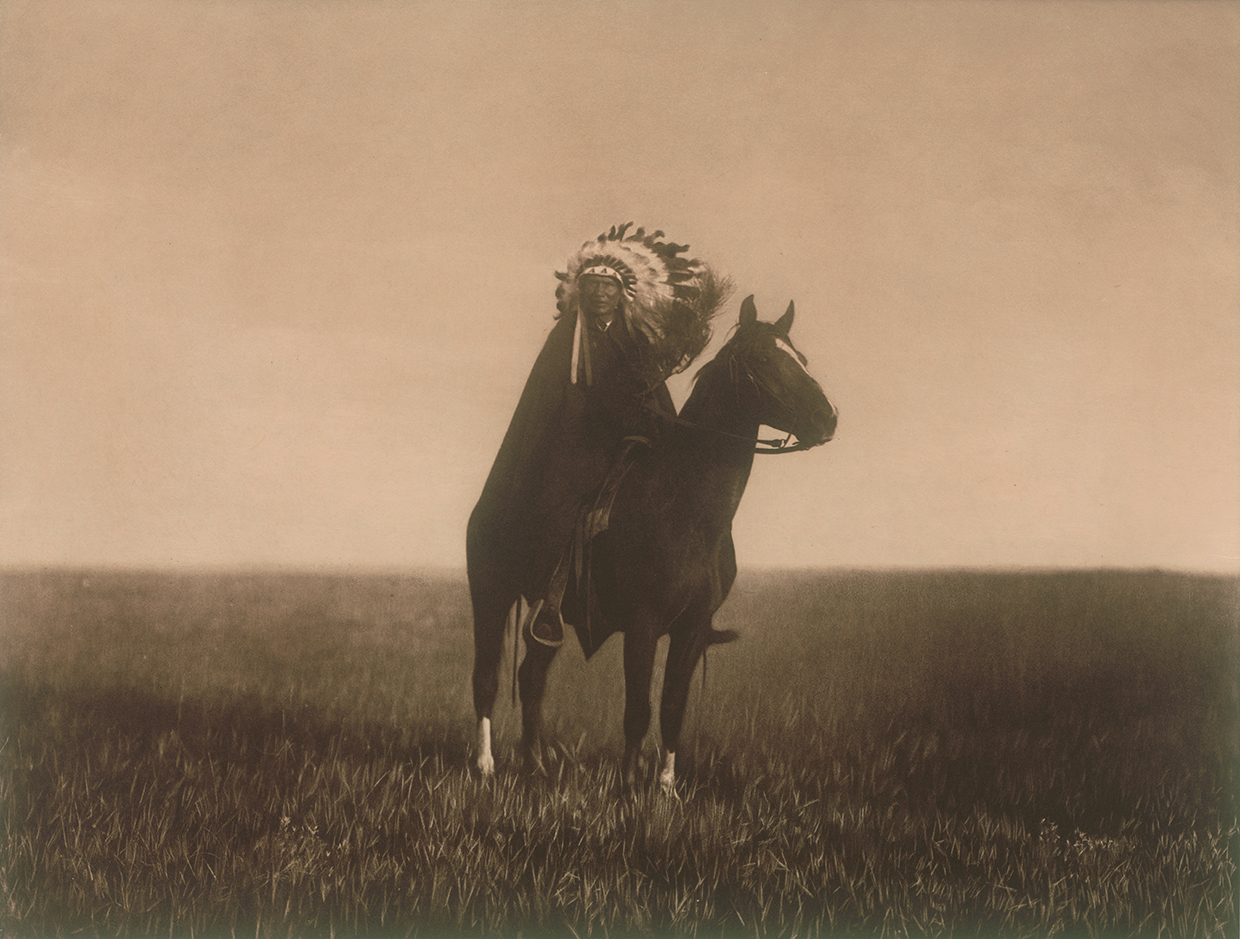
The Prairie Chief, 1907-1930
Image courtesy of the artist and Empty Gallery
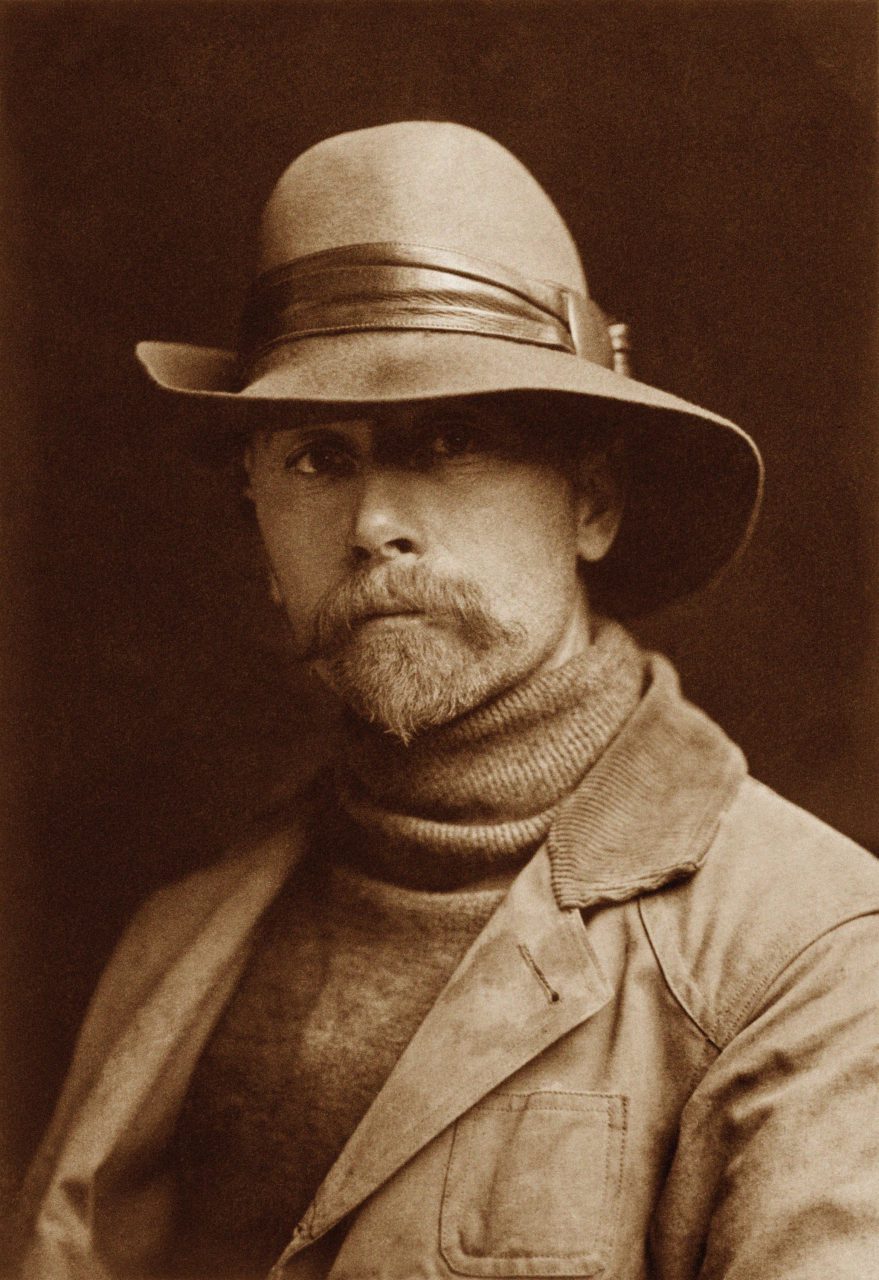
Bear Bull – Blackfoot, 1907-1930
Image courtesy of the artist and Empty Gallery
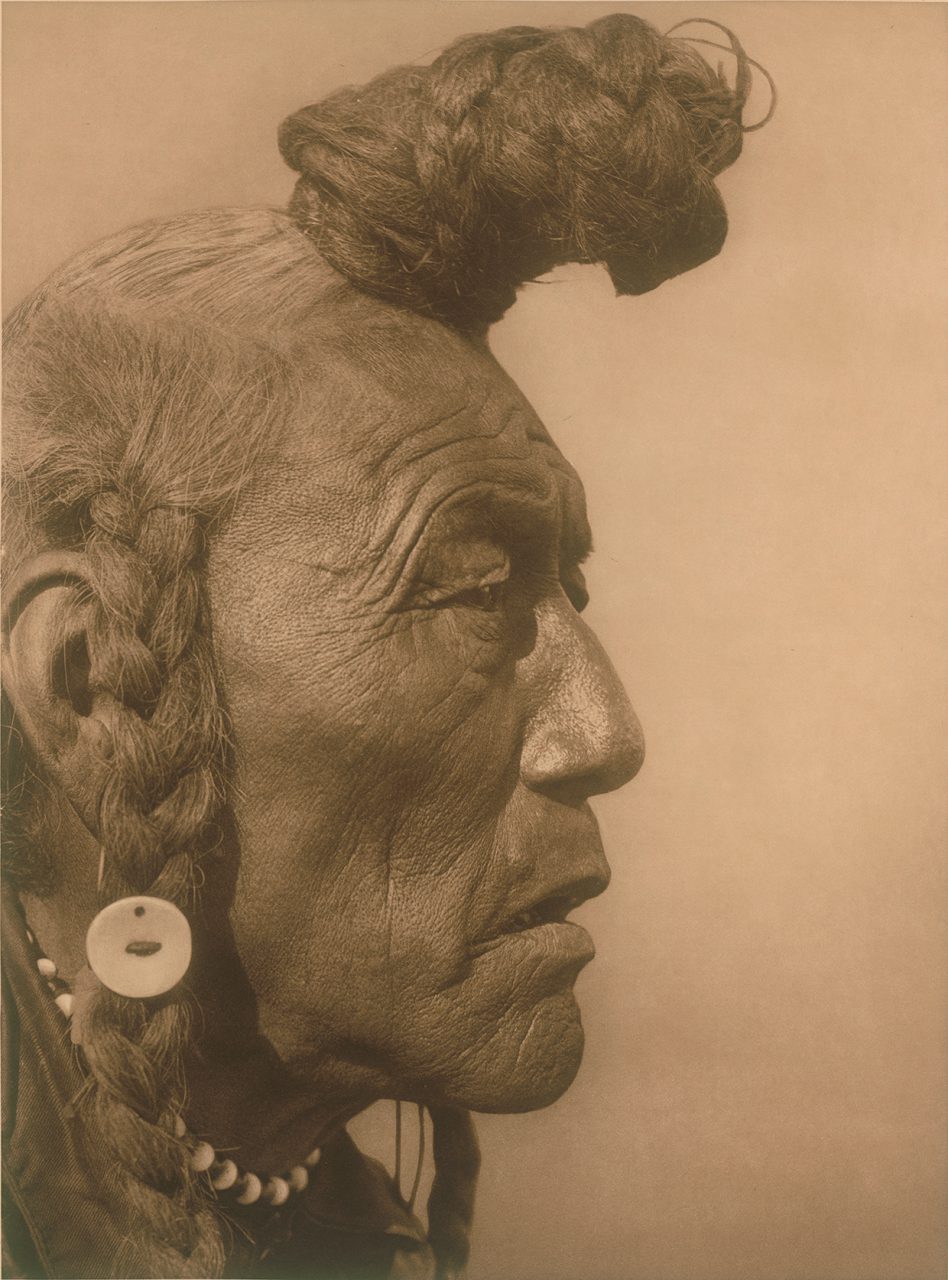
Bear Bull – Blackfoot, 1907-1930
Image courtesy of the artist and Empty Gallery

A Haida Chief’s Tomb at Yan, 1907-1930
Image courtesy of the artist and Empty Gallery
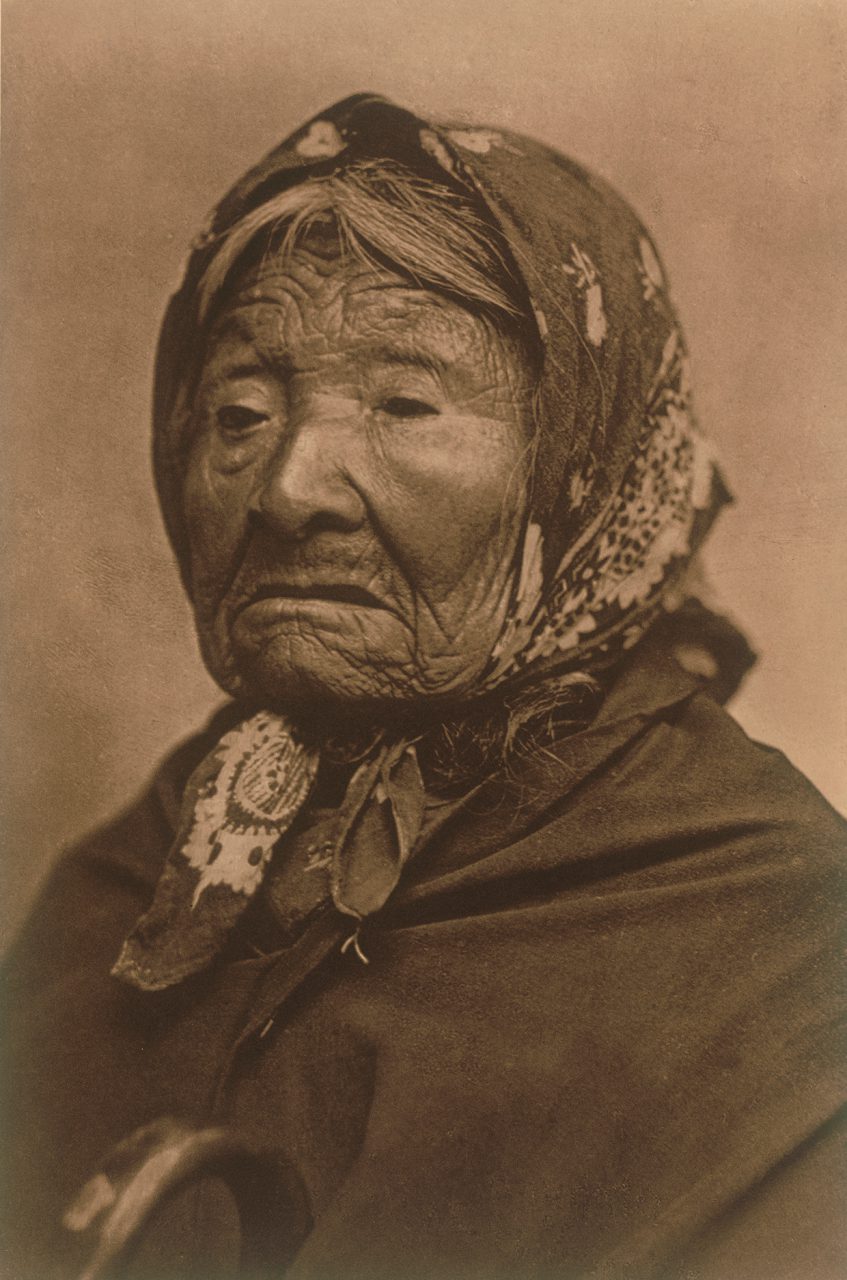
Princess Angeline, 1907-1930
Image courtesy of the artist and Empty Gallery
He has been able to do what no other man ever has done; what, as far as we can see, no other man could do… He has not only seen [the Indian’s] vigorous outward existence, but has caught glimpses, such as few white men ever catch, into that strange spiritual and mental life of theirs.
— foreword to The North American Indian, Theodore Roosevelt
Empty Gallery is proud to present a series of twenty-four original photogravures selected from Edward Curtis’s magnum opus, ‘The North American Indian’. These rare and haunting photographs will be accompanied by an original soundscape composed by Italian electroacoustic musician Valerio Tricoli.
An early master of photography, Edward Curtis blurred the lines between reality and artifice to create otherworldly images of the Native American way of life that reached far beyond traditional notions of documentary photography. In an era in which this culture was rapidly disappearing, Curtis (re)created an idealized vision of the North American Indians amongst the pastoral landscapes of North America. His photographs stage a dream-like world in which all signs of encroaching modernity are eerily absent and the specter of progress looms just outside the frame.
Unlike other Machine Age photographers, such as Edward Steichen and Alfred Stieglitz, Curtis photographed a world in which the camera essentially did not exist; it is as if he traveled back in time to an age before the dawn of mechanical reproduction. Our suspension of disbelief is such that we assume Curtis wandered into this fantastical world of medicine men, horses, and warriors at its zenith and simply documented what he observed. In truth, the world he photographed was crumbling and his subjects viewed him and his apparatus with great suspicion and fear. As such, the majestic beauty of his photographs is permeated by a deep sense of foreboding that stems from a shared awareness of his vision’s fragility.
Alongside this impressive display of photographic works, the gallery has commissioned Valerio Tricoli to compose a soundscape inspired by the pieces. Based in Munich, Valerio Tricoli is an electroacoustic composer working primarily with reel-to-reel tape. His music builds on the lineage of musique concrète to address themes of reality, virtuality, and memory in an astonishingly intense and tactile manner. His soundscape will be presented on loop in the main gallery, and is meant to grow and develop within the viewer’s psyche as they view the various Curtis prints, forging a complex relationship between the two media.
Despite the cultural pervasiveness of his images, Curtis himself remains largely unacknowledged as an individual artist. Although his work as a photographic stylist is the equal of any of his Modernist peers, his reputation as an author continues to be obscured by the now familiar discourses surrounding cultural imperialism, representation, and orientalism. Along with other photographers of his generation, Curtis has often been thought of as a convenient target for critico-theoretical jousting rather than as an artist in his own right. The Man Who Sleeps On His Breath attempts to radically resituate this interpretation of Curtis by presenting him as a groundbreaking artist whose romantic and surrealist tendencies align him with the current trend towards “ethnographic surrealism”. The Man Who Sleeps On His Breath distills Curtis’s sprawling and encyclopedic body of photographs into a mere 24 images that capture the essence of his work as photographic aesthete and veritable flaneur of the North American wilds.
During his travels across the mountains and plains of North America, Curtis slept at night on a primitive air mattress filled with his own breath. Mystified by this curious contraption, and perhaps aware that the cultural memory of their race was intertwined with the dreams of this intrepid photographer, the Indians named him after it. The title of this exhibition is taken from the name given to Curtis by the Native Americans.
Edward Curtis was born on February 16th, 1868 on a farm near Whitewater, Wisconsin. The son of a reverend and civil war veteran, Curtis grew up poor and spent much of his childhood living a subsistence life, working the land, and accompanying his father on sporadic trips to spread Bible verse amongst the surrounding communities. His fascination with photography began early, inspired by a camera lens his father brought home as a keepsake from the American Civil War. At the age of 12, Curtis built his own primitive camera; at the age of 24, he opened a photography studio in the bustling city of Seattle and became an overnight success.
In 1906, at the age of 38, Curtis received funding from J.P. Morgan and embarked on one of the most ambitious projects in the history of photography. This project took 20 years and cost an estimated US $1.4M to complete. Shortly after he finished, Curtis suffered a nervous breakdown and spent the remainder of his life in Los Angeles living with his daughter Beth at the dawn of Hollywood’s Golden Age. Curtis died in near obscurity, with no possessions save for a single copy of his monumental life’s work ‘The North American Indian’. His twenty volume magnum opus recorded in both word and picture the last living traditions of all 80 Indian tribes remaining in North America. Today, it ranks amongst the greatest publishing projects of all time.
Valerio Tricoli was born in Palermo, Italy in 1977 and is currently based in Munich, Germany. He is a composer/performer of electroacoustic music whose main instrument is the Revox B77 reel-to-reel tape machine, which he uses as a completely analog device for live sampling and real-time transformation of field recordings and live sound sources. His electroacoustic compositions are aligned with the tradition of Musique Concrète and explore themes of the internal and the occult.